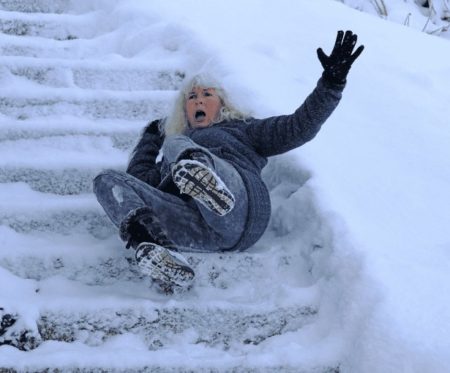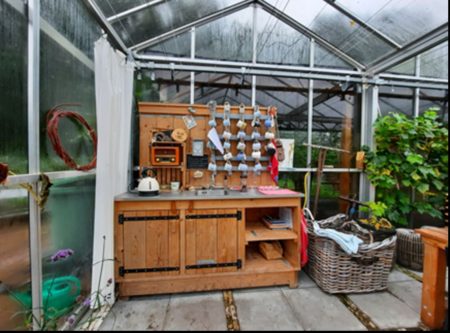This month’s article excerpts for caregivers for people with dementia include a New Zealand architect’s inspiration after visiting Dutch urban and rural dementia care designs, a blood test for Alzheimer’s, preventing falls, and ASA’s treasure trove of “dementia and living well” articles.
Dementia and Living Well
American Society on Aging’s Spring Generations issue is a treasure trove of information for people with dementia, people caring for them, and medical professionals interested in dementia-related topics including: person-centered care; using technology to benefit people with dementia; improving the lives of people with dementia and their caregivers; reducing the risk of dementia; providing “just enough” support to foster independence; direct-care workers,; stopping the stigma; and more.
Roche and Eli Lilly to Collaborate on Alzheimer’s Disease Blood Test
 Just as we get a blood test to determine cholesterol and blood-sugar levels, Roche and Eli Lilly are partnering on a test to detect traces of the beta amyloid protein, which builds up in the brains of people with Alzheimer’s. “A timely diagnosis allows patients and their physicians to make important decisions about treatment, support and care. However, barriers to early and accurate diagnosis of Alzheimer’s exist worldwide, with up to 75% of people living with the symptoms of the disease, but without a diagnosis.”
Just as we get a blood test to determine cholesterol and blood-sugar levels, Roche and Eli Lilly are partnering on a test to detect traces of the beta amyloid protein, which builds up in the brains of people with Alzheimer’s. “A timely diagnosis allows patients and their physicians to make important decisions about treatment, support and care. However, barriers to early and accurate diagnosis of Alzheimer’s exist worldwide, with up to 75% of people living with the symptoms of the disease, but without a diagnosis.”

Guide to Preventing Elderly Slips and Falls
This guide covers a number of topics related to falls including why we fall and preventing our falls. It also advises us on what to do when we slip and fall. If you’re like me, you’ll feel embarrassed and want to get up fast. Finally, the guide addresses what to do if you are caring for someone who falls.
Balancing Risk and Engagement – The Dutch Approach to Dementia Design
 Sara McCunnie, Senior Architect for New Zealand-based Ryman Healthcare with 38 and growing villages was inspired by the Netherlands approach to design healthy “dementia environments.” These dementia designs “ranged from purpose-built to a repurposed school, to rural environments.” Instead of relegating residents to their rooms until scheduled activities occur, residents in both rural and urban environments, are engaged in chores and varied activities alongside the staff. Sometimes, people cannot distinguish residents from the staff.
Sara McCunnie, Senior Architect for New Zealand-based Ryman Healthcare with 38 and growing villages was inspired by the Netherlands approach to design healthy “dementia environments.” These dementia designs “ranged from purpose-built to a repurposed school, to rural environments.” Instead of relegating residents to their rooms until scheduled activities occur, residents in both rural and urban environments, are engaged in chores and varied activities alongside the staff. Sometimes, people cannot distinguish residents from the staff.








